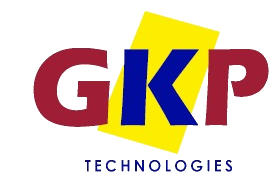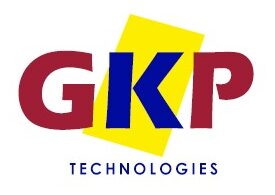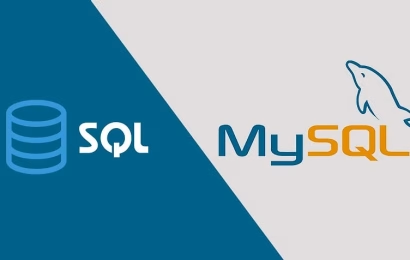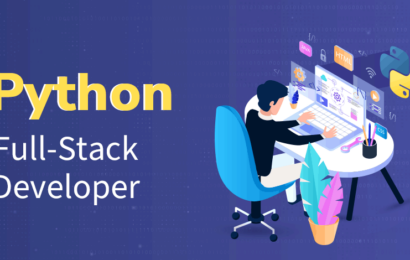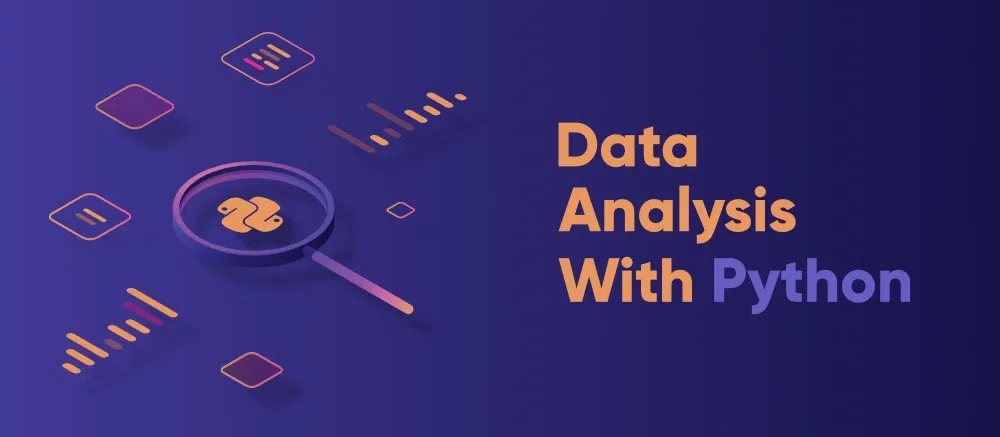
- Instructor: GKP
- Duration: 40 hours
This 60-hour course is designed to equip participants with the skills and knowledge needed to perform data analytics using Python. The course covers fundamental Python programming concepts, data manipulation, data visualization, statistical analysis, and machine learning techniques. By the end of the course, participants will be able to analyze datasets, build data-driven models, and visualize insights effectively.
Introduction to Python Programming
- Overview of Python for Data Analytics: Understanding the role of Python in data analytics, Setting up the Python environment (Anaconda, Jupyter Notebook), Introduction to Python syntax and basic programming constructs.
- Python Data Structures: Working with lists, tuples, dictionaries, and sets, Understanding mutable vs immutable types, Looping and conditionals, List comprehensions and generator expressions.
- Functions and Modules: Defining and using functions, Working with Python modules and packages, Introduction to Python standard libraries relevant to data analytics (os, sys, math, datetime).
Data Manipulation with Pandas
- Introduction to Pandas: Understanding the Pandas library, Series and DataFrames, Creating and loading data into DataFrames from CSV, Excel, SQL, and web data sources.
- Data Wrangling: Handling missing data, Filtering, and selecting data, Merging, joining, and concatenating DataFrames, Grouping and aggregation, Applying functions and lambda expressions to DataFrames.
- Data Cleaning: Detecting and handling outliers, Data normalization and scaling, Text processing and data transformation, Working with time-series data in Pandas.
Data Visualization
- Introduction to Data Visualization: Importance of data visualization in analytics, Overview of Python visualization libraries (Matplotlib, Seaborn).
- Visualizing Data with Matplotlib: Creating line, bar, and pie charts, Customizing plots (titles, labels, legends, colors), Subplots and grids, Saving and exporting figures.
- Advanced Visualization with Seaborn: Introduction to Seaborn for statistical plots, Creating heatmaps, pair plots, and distribution plots, Visualizing categorical data, Customizing Seaborn plots for better insights.
- Interactive Visualization: Introduction to Plotly for interactive visualizations, Creating interactive charts and dashboards, Using Bokeh for interactive web-based visualizations.
Statistical Analysis with Python
- Descriptive Statistics: Understanding central tendency (mean, median, mode), Measures of dispersion (variance, standard deviation), Understanding distributions, Skewness, and kurtosis.
- Inferential Statistics: Hypothesis testing (t-tests, chi-square tests), Confidence intervals, Correlation and causation, ANOVA (Analysis of Variance).
- Working with Scipy: Introduction to Scipy for statistical computing, Performing statistical tests, Probability distributions and statistical functions.
Exploratory Data Analysis (EDA)
- Introduction to EDA: Understanding the importance of EDA in data analytics, Techniques for summarizing and visualizing data.
- Data Profiling: Summarizing datasets, Identifying patterns and anomalies, Detecting correlations and relationships between variables.
- Case Studies: Conducting EDA on sample datasets, Drawing actionable insights from data, Presenting findings effectively.
Introduction to Machine Learning with Scikit-Learn
- Overview of Machine Learning: Understanding the basics of machine learning, Types of machine learning (supervised, unsupervised, reinforcement learning), Overview of the machine learning workflow.
- Data Preprocessing for Machine Learning: Splitting data into training and testing sets, Feature scaling and normalization, Encoding categorical variables, Handling imbalanced datasets.
- Building Predictive Models: Introduction to Scikit-Learn, Building and evaluating linear regression models, Building and evaluating classification models (Logistic Regression, Decision Trees, Random Forests), Introduction to model evaluation metrics (accuracy, precision, recall, F1-score).
Advanced Data Analytics Techniques
- Dimensionality Reduction: Introduction to Principal Component Analysis (PCA), Implementing PCA in Python, Reducing the dimensionality of datasets.
- Clustering Techniques: Introduction to K-Means Clustering, Hierarchical Clustering, DBSCAN, Implementing clustering algorithms using Scikit-Learn, Evaluating clustering results.
- Time Series Analysis: Introduction to time series data, Time series decomposition, Moving averages, ARIMA models, Forecasting with Python.
Working with Big Data in Python
- Introduction to Big Data: Understanding the challenges of big data, Overview of big data technologies.
- Working with PySpark: Introduction to Apache Spark and PySpark, Setting up a PySpark environment, Data processing with PySpark DataFrames, Conducting EDA with PySpark.
- Integrating Python with Hadoop: Introduction to Hadoop, Working with HDFS, Using Python for Hadoop MapReduce jobs, Leveraging Python libraries in a big data environment.
Data Analytics Project
- Capstone Project: Identifying a real-world problem, Gathering and preprocessing data, Conducting EDA and statistical analysis, Building and evaluating predictive models, Visualizing and presenting findings, Documenting and sharing the project.
Version Control and Collaboration
- Introduction to Git: Understanding version control systems, Setting up Git, Basic Git commands (clone, commit, push, pull, branch).
- Collaboration with GitHub/GitLab: Working with remote repositories, Branching and merging strategies, Pull requests and code reviews, Git workflows in team environments.
Deployment and Reporting
- Deploying Data Analytics Solutions: Introduction to deploying machine learning models, Using Flask/Django for web deployment, Introduction to cloud services (AWS, Azure) for deployment.
- Reporting and Dashboards: Creating reports with Jupyter Notebooks, Building dashboards with Streamlit or Dash, Sharing insights with non-technical stakeholders, Best practices for data storytelling.
Final Review and Presentation
- Final Review: Recap of all topics covered, Q&A sessions, Solving advanced problems in Python data analytics.
- Project Presentation: Presenting the final project to peers and instructors, Receiving feedback, Discussion on potential improvements and real-world applications.
Price
£2,000.00
Rating
Not enough ratings to displayRelated Courses
SQL Server Databases – SQL, PL/SQL & T-SQL
This 12-hour course is designed to provide participants with a strong foundation in querying SQL Server databases using SQL, PL/SQL, and T-SQL. The course covers essential SQL concepts, introduces the differences between SQL, PL/SQL (primarily used in Oracle but included for comparison), and T-SQL (specific to SQL Server), and explores…
0
Oracle Database – Querying
This 12-hour course is designed to provide participants with a comprehensive understanding of querying Oracle databases using SQL. The course covers fundamental SQL concepts, advanced querying techniques, and performance optimization strategies specific to Oracle. By the end of the course, students will be able to efficiently retrieve and manipulate data…
0
MySQL Database – Querying
This 12-hour course is designed to provide participants with a solid foundation in querying MySQL databases. The course covers essential SQL concepts, including writing complex queries, joining tables, filtering data, and using aggregate functions. By the end of the course, students will be proficient in retrieving and manipulating data stored…
0
Full Stack Python Developer
Course Syllabus Course Overview This 60-hour course is designed to provide participants with the necessary skills to become a proficient Full Stack Python Developer. The course covers both front-end and back-end development, focusing on Python programming, web development using HTML/CSS/JavaScript, and building robust server-side applications using Python frameworks like Django…
2
